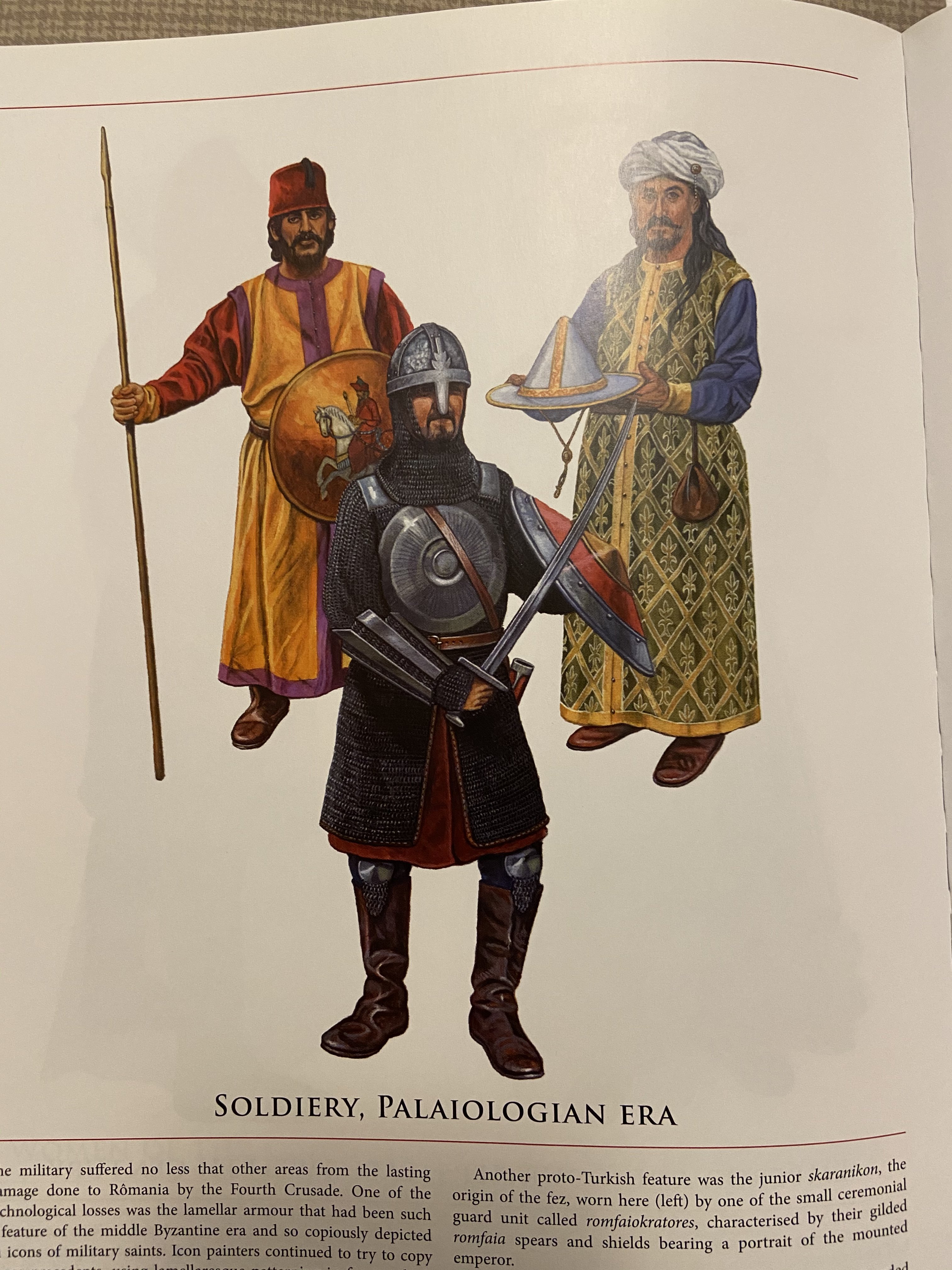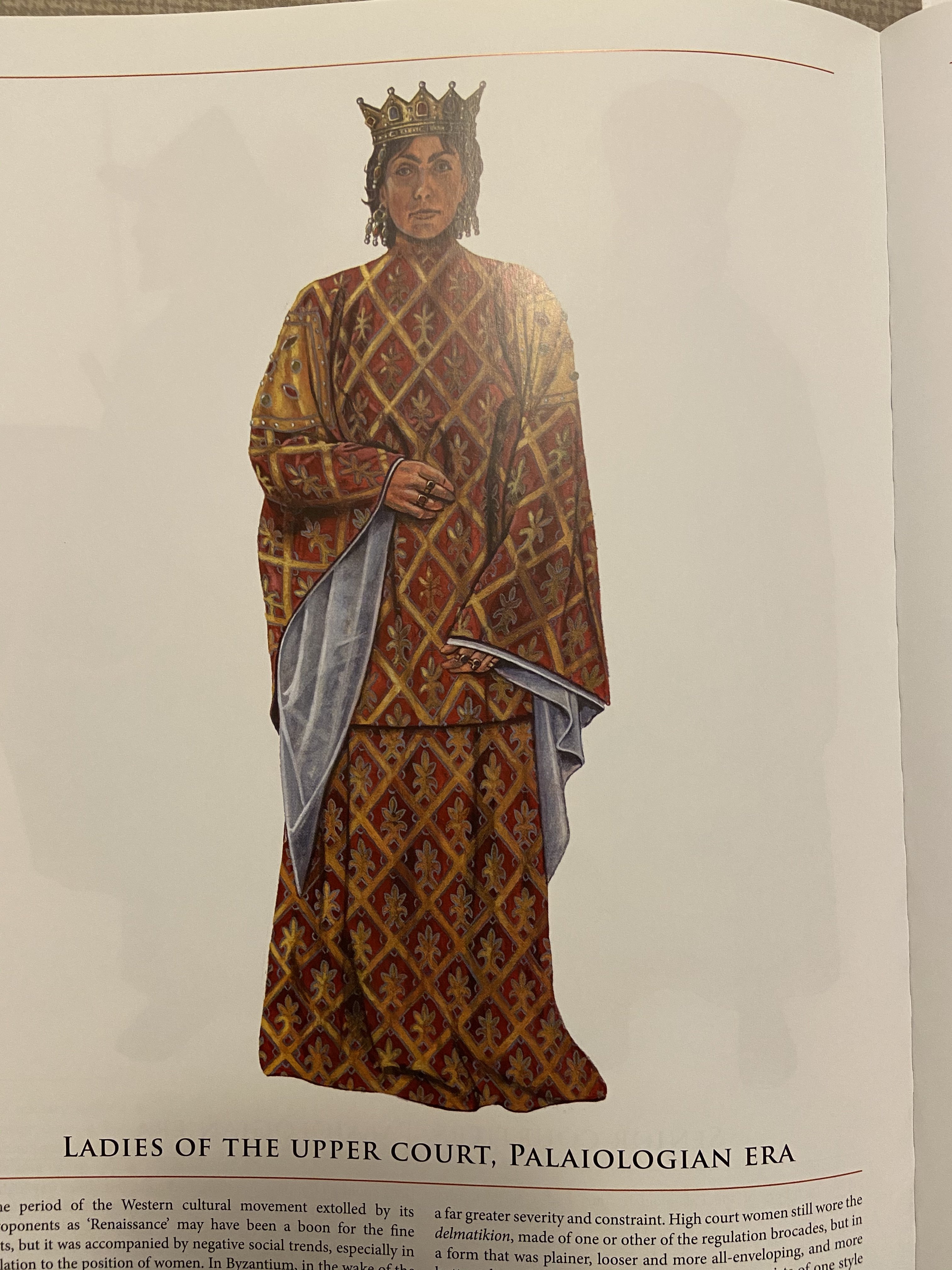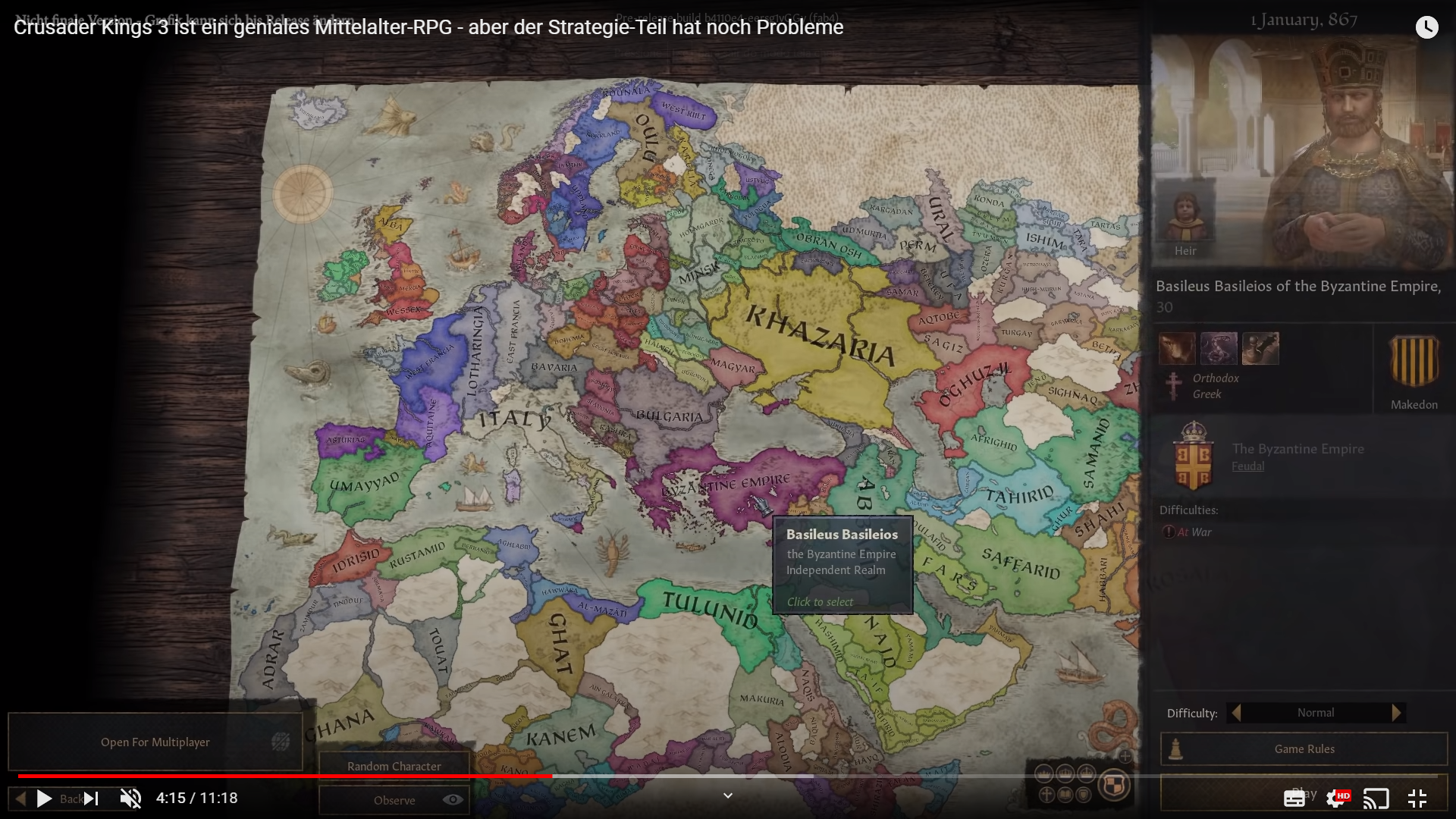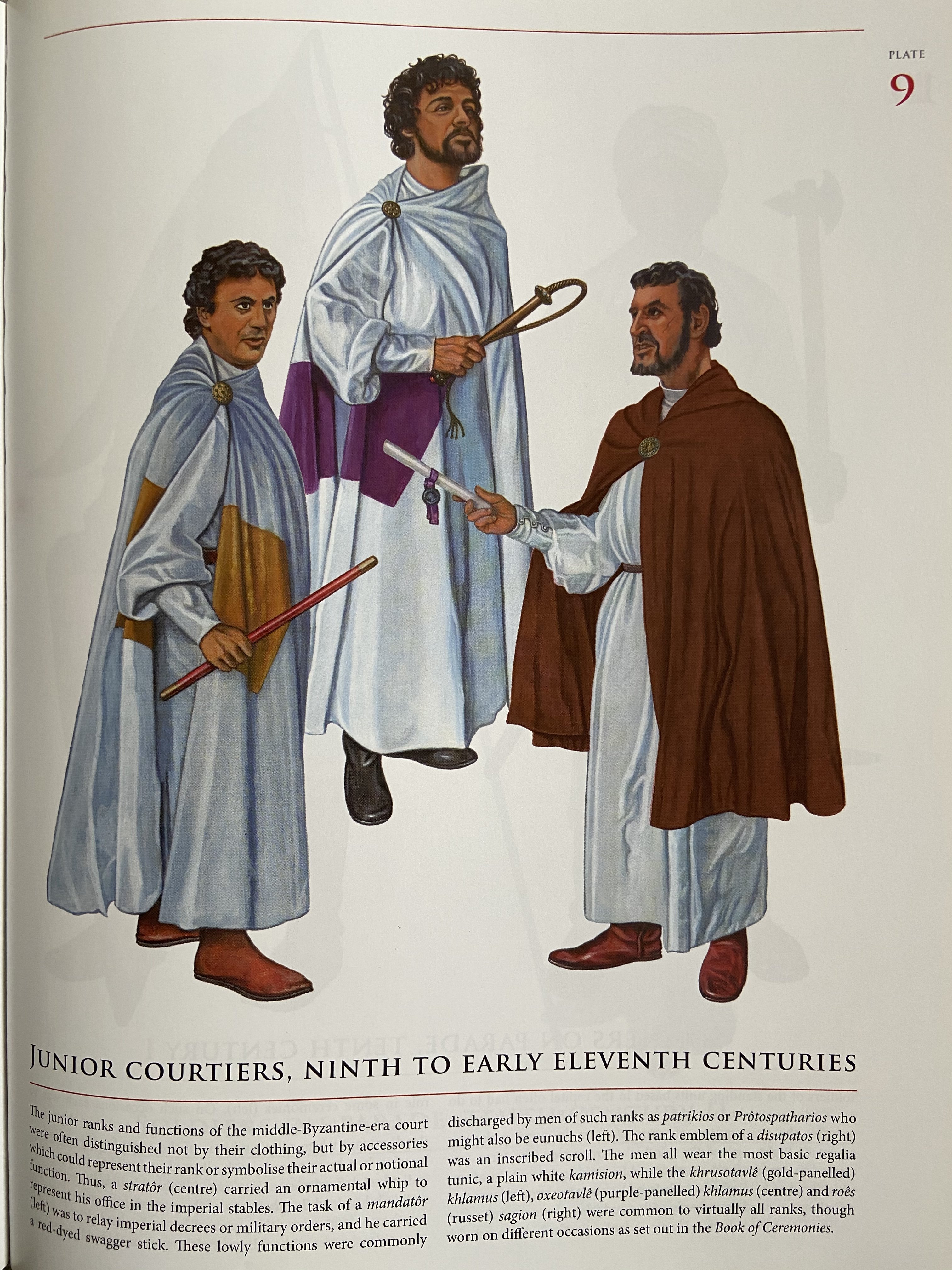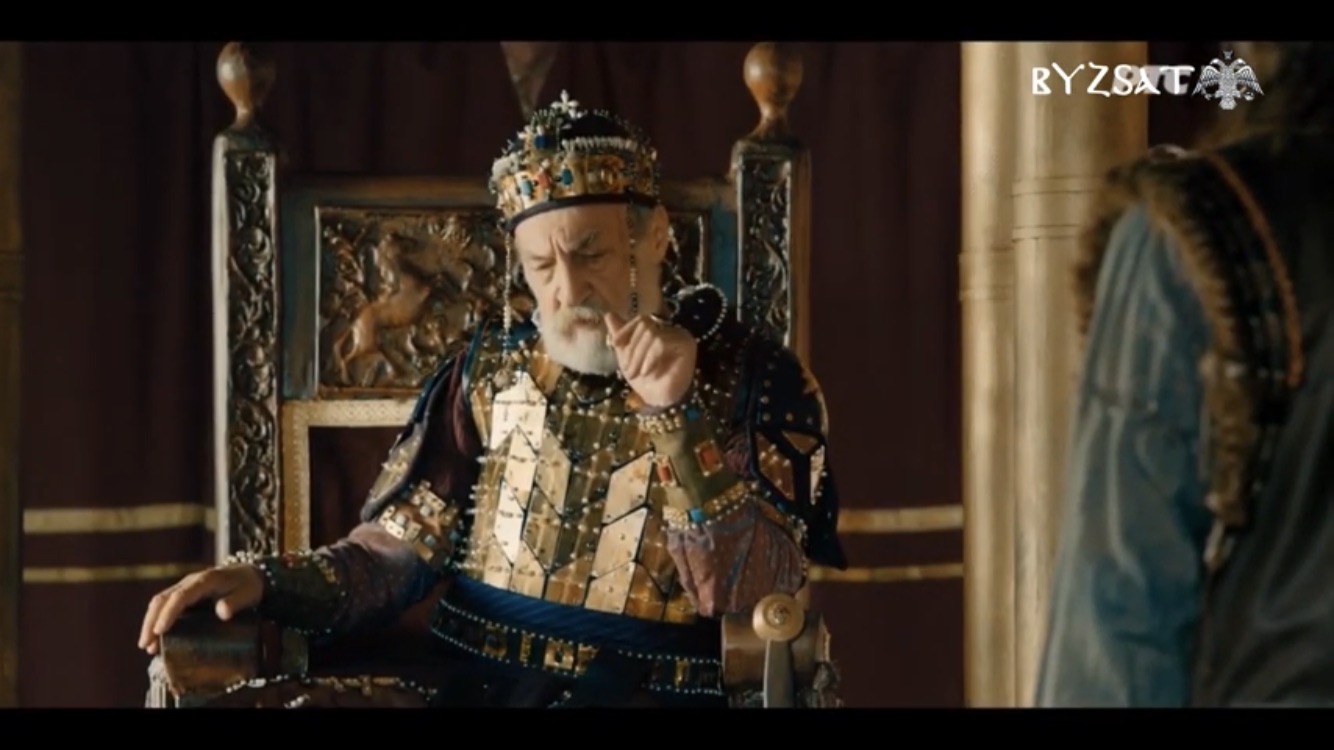Sure. Off the top of my head: Chris Wickham, Judith Herrin, Caroline Humphress, Stephen Mitchell, Michael Maas, Leslie Brubaker, Alan Douglas Lee, Jonathan Shepard, and Peter Frankopan, to name but a few. Beyond that, there are myriad others whose work is very Byzantine-adjacent, like Timothy Greenwood, a specialist in Armenian studies, whom I could also add to the list.
All of them would use Rhomaioi rather than Roman every day of the week - hell, I actually attended a lecture Caroline Humphress explicitly gave on the subject, talking about the identity of the people of the Eastern Roman Empire/Byzantine Empire between 400 and 1000 AD. Again though, to reiterate, they would all use the term Byzantine rather than Roman, because it's simply more accurate and more specific, when talking about the ERE/Byzantine Empire post 700 AD or so. Again, that there is a distinction is not something that any credible academic historian disputes.
If you want, I'd recommend a few books to you. Chris Wickham's
The Inheritance of Rome: A History of Europe from 400 to 1000 provides a nice overview that helps to place things in context, and also provides excellent grounding for understanding the influence of the Roman Empire upon different peoples like the Ostrogoths, many of whom actively saw themselves as "Romans" for centuries after the fall of the Western Roman Empire. Equally, Judith Herrin's
Byzantium: The Surprising Life of a Medieval Empire is a detailed, erudite, and fluent introduction to the history of the Byzantine Empire. If you want more depth and detail, then I'd suggest taking a look at more academic works if you can, such as
The Cambridge Companion to the Age of Justinian or
The Cambridge History of the Byzantine Empire.
What I must reiterate, I'm afraid, is that it's one thing to be enthusiastic about Late Antique and Medieval History and the Byzantine Empire, but it's quite another thing to blatantly fetishise them and insist upon things that blatantly aren't true, as anyone who insists on exclusively referring to "Romans" and the "Eastern Roman Empire" is doing. They didn't use those terms, and there are very valid reasons why historians don't use them either past a certain, and why the term Byzantine is so heavily preferred for the High and Late Medieval period, as I explained.

